May 21, 2025
Author:Lisa Martinez
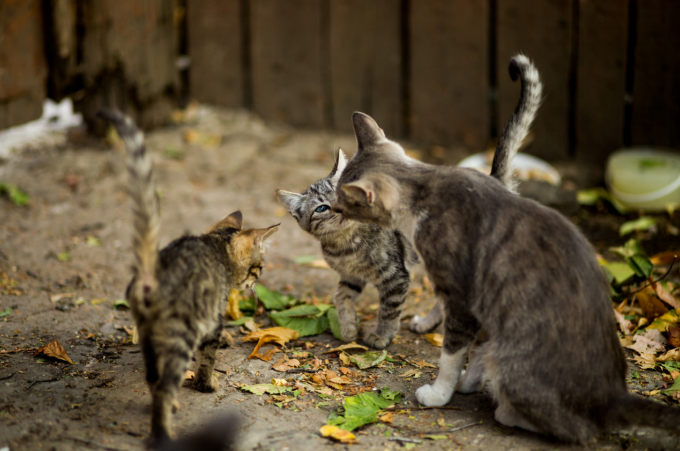
Do you ever spot several cats sharing a sunny porch and think, 'What do we call them as a whole?' Cats dazzle us with quiet steps, sudden leaps, and warm purrs, yet their group life can feel hidden. Words we choose for animal gatherings carry bits of history and culture—lion 'prides' and crow 'murders' paint vivid pictures. But the phrase for a group of cats often surprises new cat lovers: clowder. In this guide we will explore that main term, look at lively alternatives such as glare or pounce, and learn why cats sometimes join forces. You will also find helpful links on caring for healthy coats, setting smart feeding times, and keeping colonies safe. By the end, you will know how language, behavior, and care tips weave together in the world of cats.
A group of cats is most widely called a clowder. The word likely traces back to the Middle English clotter ('to huddle') and even farther to the Old English clod ('a lump'). Early farmers described barn cats that bunched near grain sacks as 'a clowder by the loft.' In literature, Beatrix Potter joked about 'a clowder of rogues pinching bacon' when her country cats stole lunch. Modern mystery writers use the term to set a cozy scene, and many rescue groups adopt it in their names.
The sound of clowder carries warmth. It suggests a loose but friendly pile—perfect for cats, who gather when comfort and resources allow yet stay free to wander.
English, ever playful, offers more choices:
|
Term |
Common Use |
Nuance |
|
Glare |
When several cats sit still, eyes bright, watching a stranger |
Highlights their cautious gaze |
|
Clutter |
A lively tangle of kittens racing across a room |
Emphasizes motion and mild chaos |
|
Pounce |
Street cats teaming up on a fish market spill |
Captures sudden, joint action |
Regional pockets add words like dout in parts of Scotland. Each choice reflects how people see cats around them.
Clowder shares roots with many 'gather' words across Germanic languages. Its cousins include the Dutch klont (lump) and the German Klumpen. Over time, speakers linked the idea of small bodies pressed together with felines that sleep in piles for warmth. The rise of pet keeping in the 1700s fixed clowder in English books.
Collective nouns also mirror attitudes. Lions earn a proud label because people see them as kings; sheep travel in a humble flock. A group of cats sits between. Cats live among humans yet keep some wild streak, so their noun feels cozy but not grand.
Word lists from the Victorian era often invented terms for fun. Some stuck—murder of crows—while others such as slyness for foxes faded. Clowder endured because owners and vets kept using it.
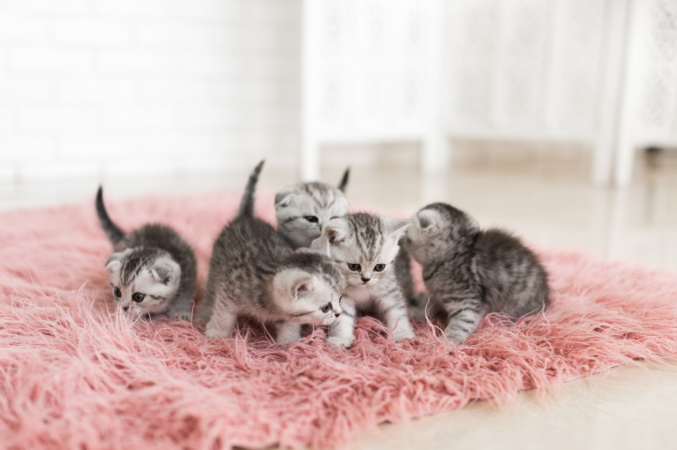
Cats wear a myth of being lone hunters, but many studies show they can be quite social when food is steady and hiding spots abound. Alley colonies in Rome and Istanbul reveal clear bonds: females share kitten duty, and friendly toms guard outer lanes. In homes, a well-managed group of cats often naps in heaps, trades grooming, and chirps greetings.
● Feral Colonies – Outdoor colonies gather near reliable meals, such as harbor fish scraps. Queens stay at the core, cousins hover close, and younger males drift. An efficient colony can keep mice away from grain stores, a trait that once earned barn cats a place on every farm.
● Domestic Households – When families adopt a second or third pet, the living room turns into a mini-clowder. Food competition often sparks stress, so many owners add an automatic feeder that dings for each cat’s portion.
● Temporary Gatherings – During mating season or a sudden food windfall (think spilled kibble), stray cats form a quick pounce team. Once the event ends, the clowder dissolves.
Proper introductions and resource spacing keep peace indoors. Fresh water spots, separate litter trays, and high shelves like the best cat shelves let shy felines claim safe turf.
Across Europe, a midnight group of cats near a cottage once hinted at witches’ meetings. Norse sailors believed clowders on ships calmed storms. In Japanese tales, the bakeneko is a spirit cat that dances in circles with its kin during moonlit festivals, bringing either luck or mischief.
Today, cat cafés promote resident clowders, letting visitors sip coffee while surrounded by calm feline company. Viral videos of Greek harbor colonies draw millions of views and remind watchers to keep cats healthy. Films such as 'The Aristocats' turn clowders into jazz bands, while social media pages highlight giant shelter pounces that find homes together.
When the members are tiny, wobbly, and eager to snuggle, we swap clowder for kindle. Newborns need warmth, so they stack like logs in a campfire. Foster parents often use a timed feeder for nighttime meals, ensuring every kitten grows strong.
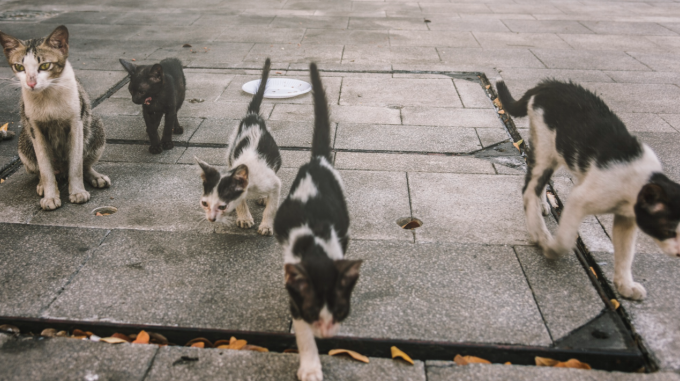
Lists from hobby sites add humorous picks such as destruction or nuisance for a rowdy group of cats. These words rarely leave trivia pages, yet they show how language adapts to playful moments. Some rescue shelters embrace them in marketing—'Adopt from our Nuisance of Kittens!'—to spark smiles and donations.
1. The world’s largest managed clowder roams the ruins of Rome’s Largo di Torre Argentina, with volunteers tracking over 250 felines.
2. Cats greet trusted mates by standing tail-up and touching noses. This ritual, common in any group of cats, helps swap scent markers.
3. Indoor clowders need varied play. Scatter high-value toys around corners to mimic prey trails and prevent boredom.
4. A colony in Key West lives on an old writer’s estate, famous for its many polydactyl paws—tour guides call it the 'Six-Toe Clowder.'
5. Researchers found that grooming pairs form 'friendship webs' inside colonies, which cut stress and boost kitten survival.
Wolves gather under strict rank, so we say pack. Birds take wing in one motion, thus a flock. Bees move as a single unit, creating a swarm. Cats differ. A group of cats lives by choice, not command. They share space for food, warmth, and security but keep freedom to slip away. This flexible link shapes the softer sound of clowder, which lacks the order implied by pack. Language writers often point to cats’ mix of independence and comfort sharing: a clowder can split, merge, or welcome newcomers with less drama than strict-rank animals.
Respect distance. Cats read eye contact as a challenge, so watch with a soft gaze. Move low and slow if you must pass through. Bring a camera, not food, on first visits—feeding before a plan may spark turf fights. Travelers who love cat watching should plan routes like they would drive with their own pet—have exits ready in case of sudden traffic or nervous animals.
The best help is TNR (Trap-Neuter-Return). Spay or neuter limits litters and keeps the colony size stable. Donate to groups that run clinics or volunteer as a trapper if trained. Clean water matters too: setting up a simple fountain versus bowl system makes drinking safer and cuts disease risk. In heat waves, add shaded shelters; in winter, fill straw boxes—avoid fabric that soaks up damp. Check coats from afar; heavy shedding or bald patches can signal parasites. If supplies allow, offer hydration hacks like extra water bowls on hot days.
A group of cats earns the gentle title clowder, while a kitten pile becomes a kindle. Add flair with glare, clutter, or pounce when mood fits. These words grew beside our long bond with cats—from barn allies to beloved sofa friends. Knowing them helps us talk richer about feline life and respect the needs of street colonies. The next time you see several whiskered faces share a stone wall, pause and think: there goes a clowder, complex yet calm. Share its story, support local TNR teams, and use smart tools like an automatic feeder or a cat fountain to keep your own clowder content. Language, care, and curiosity work together, letting every whisker shine.
Label:
Popular Post
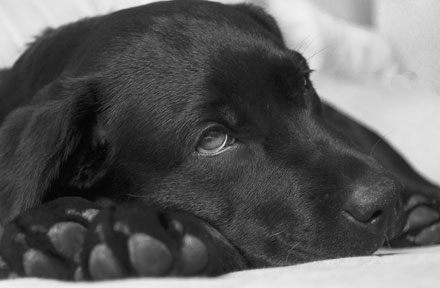
What to Feed a Sick Dog With No Appetite? [2025 Guide]
May 16, 2023

Troubleshooting Common Issues with Automatic Pet Feeders: Tips & Tricks for Pet Owners
Oct 26, 2023
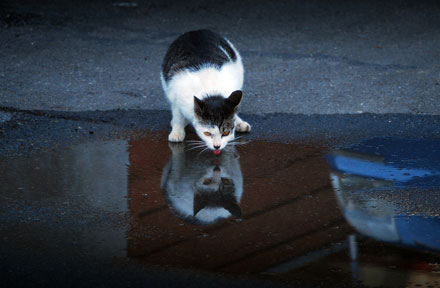
Why Does My Cat Cough After Drinking Water? 8 Potential Reasons
Mar 13, 2023
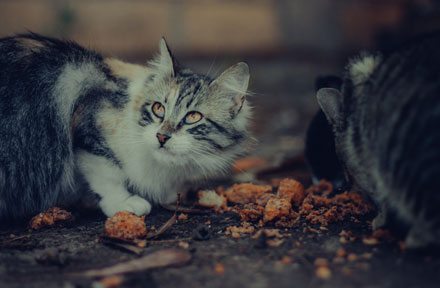
My Cat Only Eats A Little at A Time - What to Do?
Feb 27, 2023
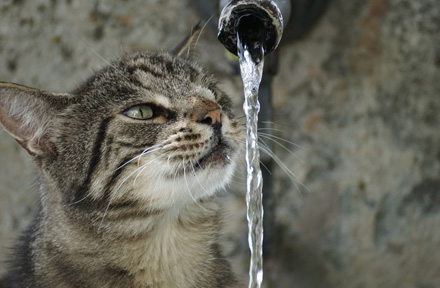
Why is My Cat Throwing up Water? Top 5 Causes Here
Feb 08, 2023
$99.99
$129.99
Copyright © 2025 WOPET. All Rights Reserved.